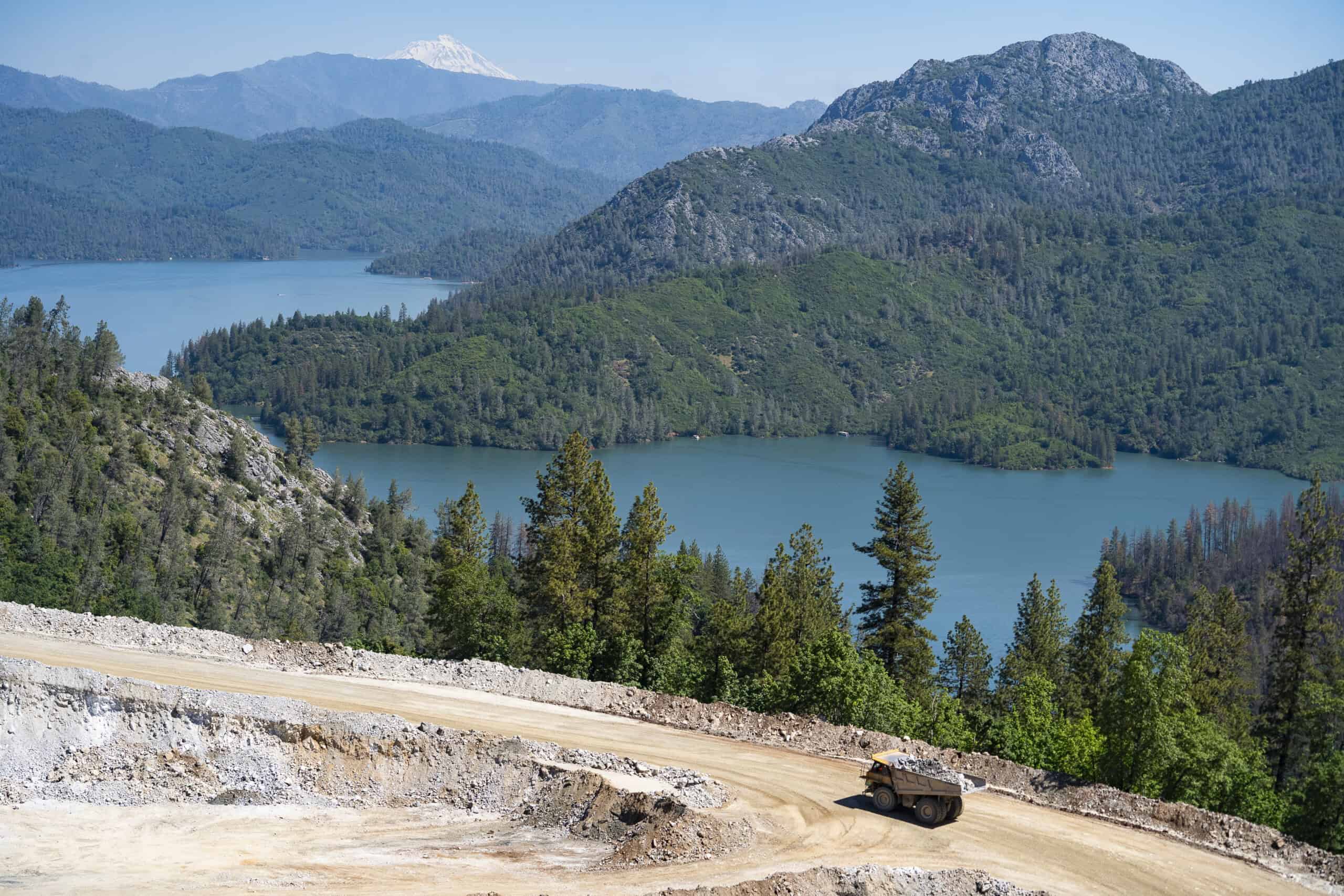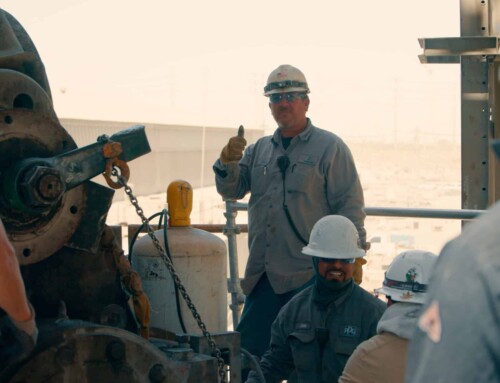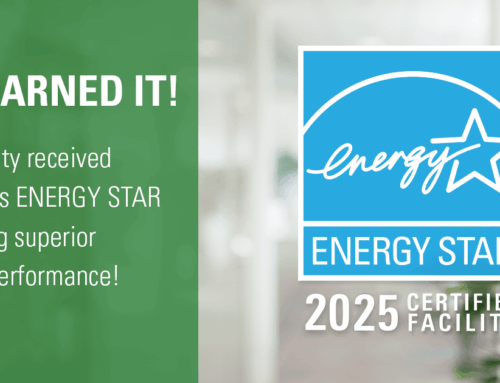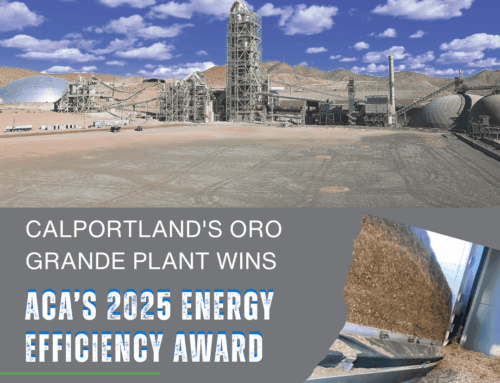CalPortland’s dedication to sustainability shines through in its innovative approaches to low-carbon concrete production. There are several benefits of low-carbon concrete, and these benefits are leading us to a greener, more sustainable future.
- Carbonation
Over its lifetime, concrete naturally sucks CO2 from the air. Every highway, every pavement and every building that we pass that is made of concrete, is absorbing carbon dioxide over its lifespan. Carbonation is a chemical reaction where carbon dioxide in the air, reacts with the cement hydrate in the concrete to form calcium carbonate – this reaction is irreversible meaning that the CO2 is permanently sequestered in the concrete. In other words, concrete sucks up CO2 like a sponge and keeps it there forever. At CalPortland we are exploring ways to reuse end-of-life concrete, further offsetting CO2 emissions from the manufacturing of cement and closing the loop on concrete’s life cycle.
- High-Quality Alternative Materials
Low-carbon concrete leverages alternative materials, such as supplementary cementitious materials (SCMs) and pozzolans, to replace a portion of traditional cement in their concrete mixtures. These materials not only contribute to lowering CO2 emissions but also improve the concrete’s long-term durability and resistance to various environmental factors.
- Reduced Carbon Footprint
Low-carbon concrete significantly reduces the carbon footprint associated with traditional concrete production. This reduction in emissions is a crucial step in combating climate change and achieving a more sustainable future. Sustainable materials significantly reduce the carbon emissions associated with construction and infrastructure projects, making a substantial contribution to decarbonization.
- Enhanced Efficiency
Innovations in low-carbon concrete mix designs lead to increased efficiency. This reduces waste and resource consumption while maintaining performance and structural integrity. Advanced mix designs optimize material use, reducing waste and emissions while enhancing sustainability.
- Enhanced Durability and Resilience
Sustainability doesn’t come at the expense of quality. Low-carbon concrete maintains the exceptional durability and strength properties that concrete is known for, while also providing long-term resilience. This means that structures built using this eco-friendly alternative will stand the test of time, reducing the need for frequent replacements and further conserving resources.
- Versatility in Application
From residential buildings to large-scale infrastructure projects, low-carbon concrete can be seamlessly integrated into various construction applications. This versatility makes it a practical choice for contractors and architects aiming to prioritize sustainability without compromising on quality.
CalPortland is proud to be contributing to all of the benefits that low-carbon concrete has to offer with our new blended cement, ADVANCEMENT™ HPT. ADVANCEMENT™ HPT is reducing embodied carbon emissions by up to 25%. HPT stands for High Performance Ternary. It’s a blend of Portland cement plus limestone and natural pozzolan. Pozzolans, like fly ash, are used as supplementary cementitious materials (SCMs) to partially replace ordinary Portland cement. What’s most impressive about ADVANCEMENT™ HPT is that it doesn’t sacrifice performance, strength or durability. To learn more visit our website or call us at (844) 252-1527.






